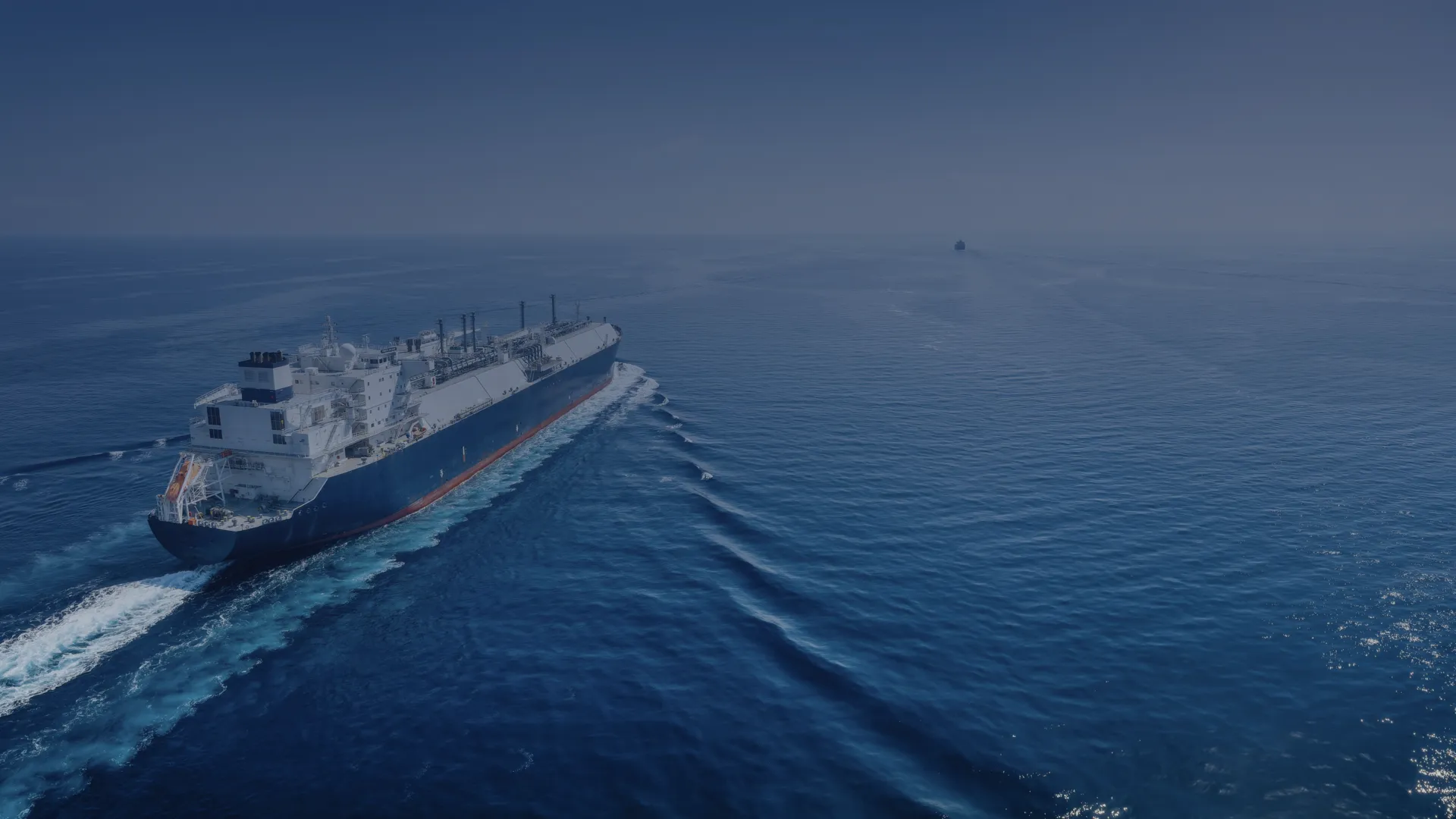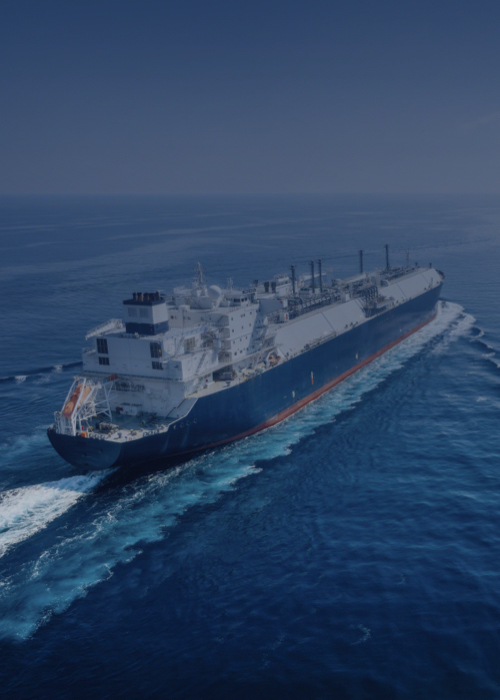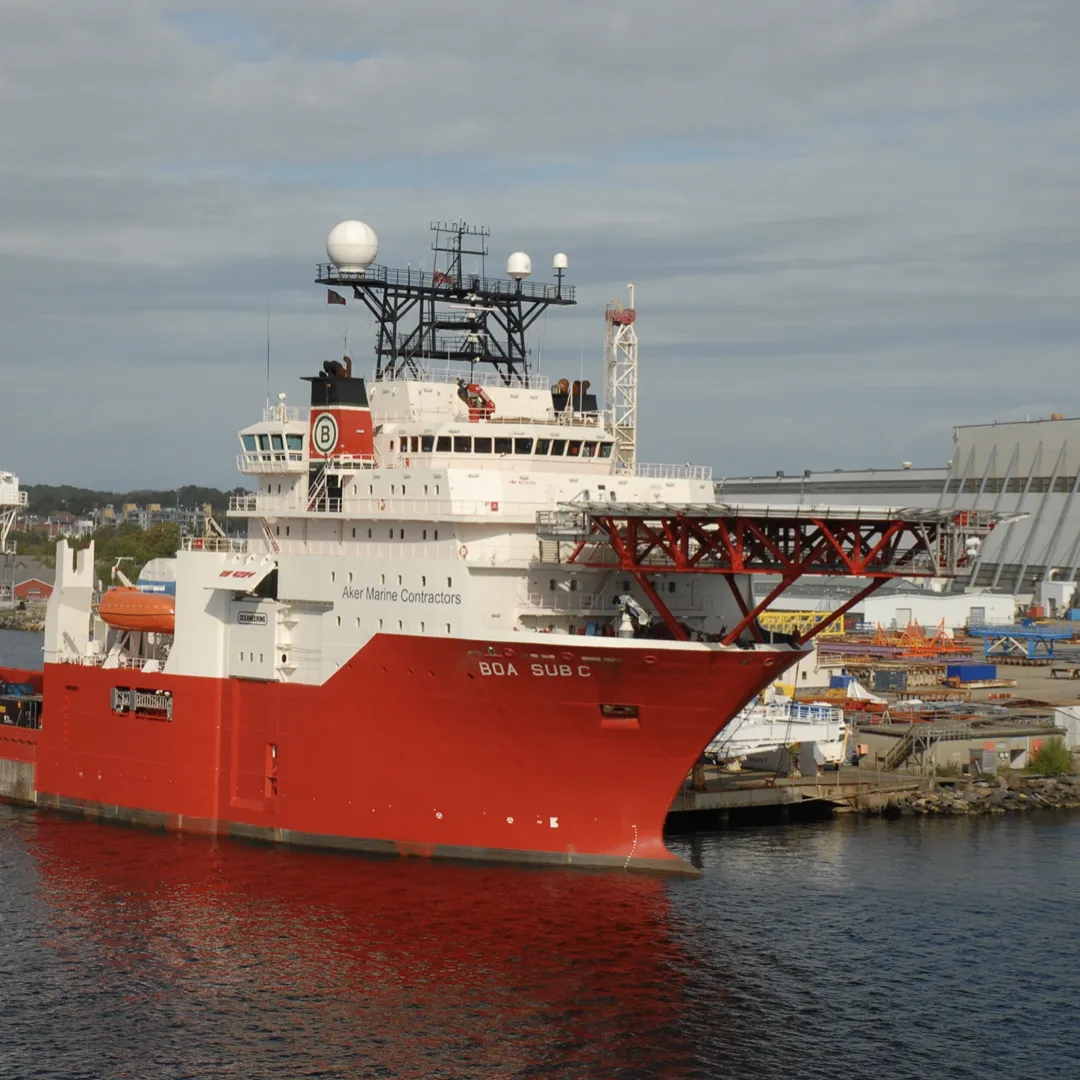
Inventory of Hazardous Materials (IHM) Services
In 2013, the European Union (EU) adopted the Ship Recycling Regulation (No. 1257/2013). This regulation requires shipowners and shipyards with ships of 500 Gross Tonnage (GT) or more, sailing under the flag of an EU member state, to have an up-to-date Inventory of Hazardous Materials (IHM). Discover our partner’s IHM services, specially developed for shipping companies, shipowners, shipyards, ship chandlers, manufacturers, and suppliers. The services include creating a thorough list of hazardous materials, determining their quantities and locations aboard the vessel, maintaining the IHM throughout the ship’s entire lifespan, and providing the necessary IHM documents.

IHM Services
Discover our partner’s IHM services, specially developed for shipping companies, shipowners, shipyards, ship chandlers, manufacturers, and suppliers.

Existing Fleet
If your ship is in use, it is likely that new installations will be added and modifications made to its structure and equipment over time. Maintaining the IHM throughout the ship’s entire lifecycle is a key requirement under both the European Ship Recycling Regulation and the Hong Kong Convention.
Newbuild Ships
When constructing a new ship, shipyards must comply with the requirements for the Inventory of Hazardous Materials (IHM). This means that all hazardous materials on board must be identified during the construction phase. The goal is to ensure that the ship meets the current standards for managing these materials from the outset.
Ship Chandlers
Complying with IHM laws and regulations presents a significant challenge for many ship chandlers. Increasingly, shipping companies and shipowners are entrusting them with this responsibility. Ship chandlers must oversee the delivery of various and often large quantities of products from different suppliers to various ships.
Manufacturers and Suppliers
As a manufacturer, you often deal with numerous parts and components, possibly supplied by various suppliers. Even if you are a supplier of (spare) parts or offer a range of components for different installations, it is essential to comply with IHM regulations and investigate whether there are hazardous materials present in your products.
ESG
In the maritime sector, companies are required to publish comprehensive reports on their sustainability, social responsibility, and governance performance, known as ESG reporting. This reporting is essential to promote transparency regarding sustainability and to comply with European (EU) regulations, such as the Corporate Sustainability Reporting Directive (CSRD).
These IHM services are part of the ESG service aimed at simplifying ESG reporting and automatically gathering essential data regarding emissions.
In Practice
For instance, a dredging and offshore company utilizes the IHM maintenance service.

Existing Fleet
If your ship is in use, it is likely that new installations will be added and modifications made to its structure and equipment over time. Maintaining the IHM throughout the ship’s entire lifecycle is a key requirement under both the European Ship Recycling Regulation and the Hong Kong Convention.
Newbuild Ships
When constructing a new ship, shipyards must comply with the requirements for the Inventory of Hazardous Materials (IHM). This means that all hazardous materials on board must be identified during the construction phase. The goal is to ensure that the ship meets the current standards for managing these materials from the outset.
Ship Chandlers
Complying with IHM laws and regulations presents a significant challenge for many ship chandlers. Increasingly, shipping companies and ship owners are entrusting them with this responsibility. Ship chandlers must oversee the delivery of various and often large quantities of products from different suppliers to various ships.
Manufacturers and Suppliers
As a manufacturer, you often deal with numerous parts and components, possibly supplied by various suppliers. Even if you are a supplier of (spare) parts or offer a range of components for different installations, it is essential to comply with IHM regulations and investigate whether there are hazardous materials present in your products.
ESG
In the maritime sector, companies are required to publish comprehensive reports on their sustainability, social responsibility, and governance performance, known as ESG reporting. This reporting is essential to promote transparency regarding sustainability and to comply with European (EU) regulations, such as the Corporate Sustainability Reporting Directive (CSRD).
These IHM services are part of the ESG service aimed at simplifying ESG reporting and automatically gathering essential data regarding emissions.
In Practice
For instance, a dredging and offshore company utilizes the IHM maintenance service.

Frequently Asked Questions
What does the Inventory of Hazardous Materials (IHM) for ships entail, and how is it structured?
The Inventory of Hazardous Materials (IHM) is a detailed document that is legally required under the Ship Recycling Regulation.
This inventory of hazardous materials consists of three parts:
Part I: This section includes a list of hazardous materials, as outlined in Annexes I and II of the regulation. These materials are found in the construction or equipment of the ship. The list not only contains the names of these materials but also information about their location on board the ship and estimates of quantities.
Part II: This part compiles a list of operational waste present on board the ship. This waste is described in detail according to the regulations.
Part III: This section lists the inventories on board the ship, including relevant details about these inventories according to the regulations.
Part I must be kept up to date throughout the entire lifespan of the ship. Changes in construction, equipment, or new installations containing hazardous materials are documented in this part.
For the ship’s recycling, as mandated by the International Maritime Organization (IMO) guidelines, all three parts of the IHM are included and verified by the competent authority or a recognized organization authorized by them.
What is meant by "hazardous materials" and which materials need to be inventoried for the IHM?
Under “hazardous materials” are materials and substances that may be harmful to human health and/or the environment.
The materials that need to be inventoried for the IHM are: asbestos, ozone-depleting substances, Polychlorinated biphenyls (PCB), Perfluorooctane sulfonic acid (PFOS), anti-fouling compounds and systems, Cadmium and Cadmium Compounds, Hexavalent Chromium and Hexavalent Chromium Compounds, Lead and Lead Compounds, Mercury and Mercury Compounds, Polybrominated Biphenyls (PBBs), Polybrominated Diphenyl Ethers (PBDEs), Polychlorinated Naphthalenes (more than 3 chlorine atoms), Radioactive Substances, Certain Short-chain Chlorinated Paraffins (Alkanes, C10-C13, chloro), Brominated Flame Retardant (HBCDD).
